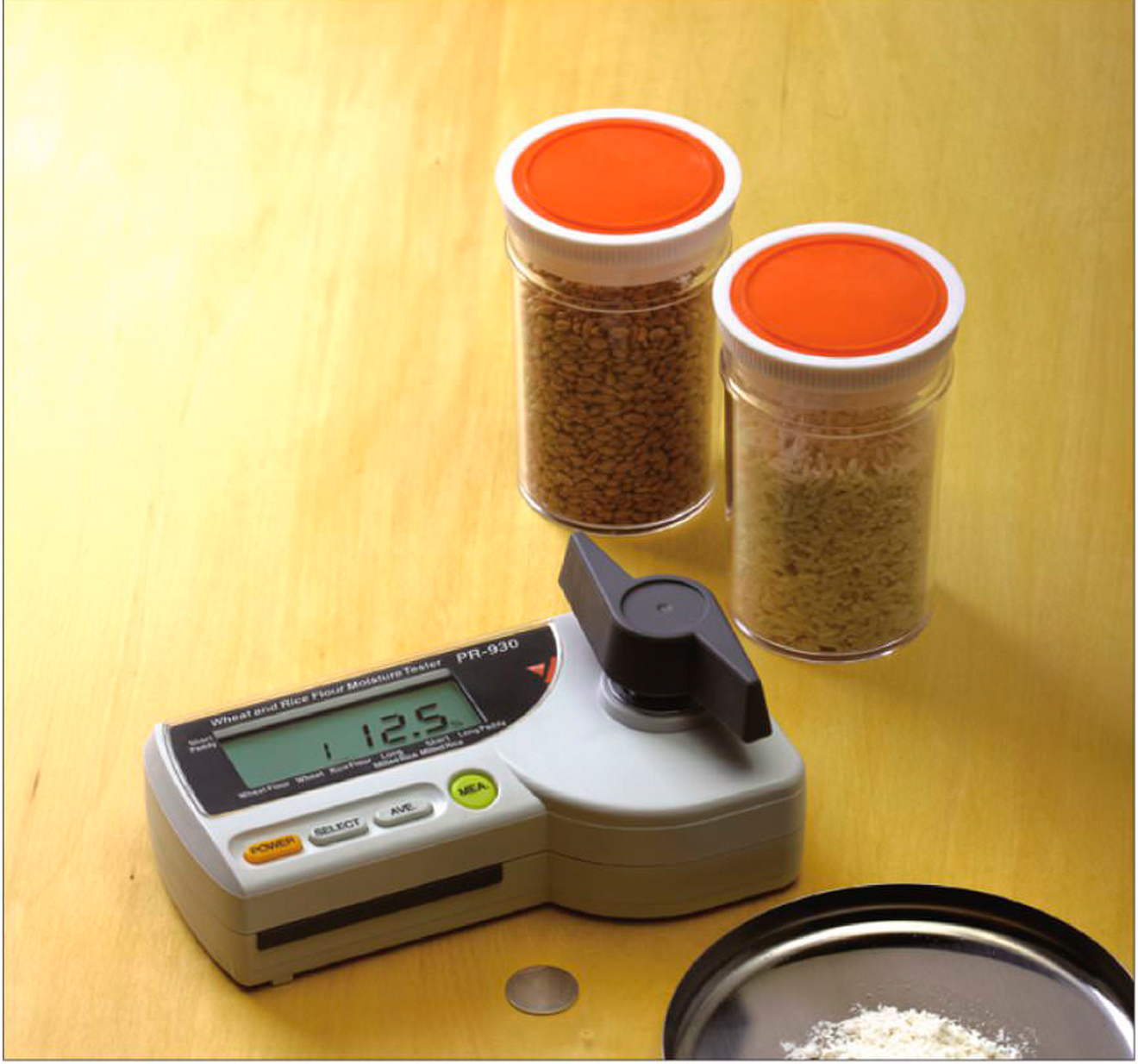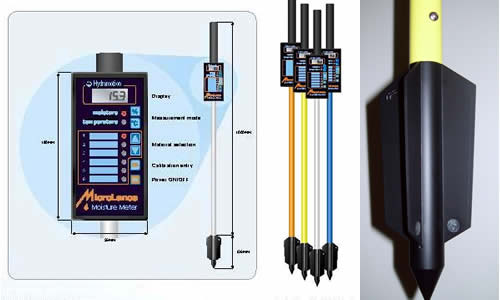Just How a Moisture Meter Can Help You Keep Optimal Problems in your house or Office
Just How a Moisture Meter Can Help You Keep Optimal Problems in your house or Office
Blog Article
Explore the World of Moisture Meters: Whatever You Need to Know
In the world of moisture meters exists a globe of accuracy and usefulness that commonly goes unnoticed. Understanding exactly how moisture meters operate, the various kinds readily available, and their diverse usages can lose light on their value in ensuring quality and effectiveness.
How Moisture Meters Work
Moisture meters run by determining the electrical conductivity or capacitance of materials to figure out the wetness material existing. These meters are important devices throughout various markets, consisting of woodworking, building and construction, and farming. By utilizing various methods such as pinless or pin-type technology, wetness meters supply precise readings that help professionals make notified decisions.
Pin-type wetness meters function by inserting the sharp pins into the material being tested. On the other hand, pinless dampness meters use electromagnetic signals to scan a larger area without causing any kind of damages to the material's surface area.
Despite the method used, wetness meters play a crucial duty in avoiding issues such as mold growth, architectural damages, or product issues triggered by excess moisture. Understanding just how these meters work is important for ensuring the high quality and integrity of materials in numerous applications.
Sorts Of Moisture Meters
Given the essential function wetness meters play in numerous sectors, it is essential to recognize the various kinds readily available to experts for properly assessing dampness degrees - Moisture Meter. There are largely two main kinds of wetness meters: pin-type and pinless moisture meters

On the various other hand, pinless moisture meters make use of electromagnetic sensing unit plates to check a larger area of the product without causing any type of damages. This type appropriates for rapidly scanning large locations and is typically made use of for flooring, wall surfaces, and ceilings. Pinless meters are convenient for taking analyses on finished surfaces without leaving any kind of visible marks.
Both types of wetness meters have their benefits and are selected based upon the details demands of the task available. Understanding the distinctions in between these kinds is important for specialists to make exact dampness evaluations.
Applications Across Industries
With varied performances, dampness meters locate prevalent application throughout numerous industries, aiding specialists in making sure optimal problems for products and structures. In the agriculture market, dampness meters are very useful for establishing the dampness material in grains, seeds, and hay, guaranteeing top quality control and stopping mold and mildew development. Building and construction specialists depend on moisture meters to analyze official source the wetness degrees in structure products like concrete, timber, and drywall, which is crucial for maintaining architectural stability and avoiding issues like rot or mold. The floor covering sector makes use of moisture meters to measure the moisture content in subfloors before mounting different flooring, avoiding costly problems as a result of excess dampness. Furthermore, in the food market, wetness meters are used to monitor and control moisture levels in items such as grains, nuts, and dried fruits to maintain freshness and high quality. Additionally, moisture meters play an essential function in the reconstruction and damage control sector by assisting specialists identify and deal with water damages in buildings promptly. Across these diverse sectors, moisture meters are essential devices for guaranteeing the high quality, safety and security, and long life of various products and products.
Tips for Making Use Of Wetness Meters
Utilize the dampness meter's calibration settings to ensure precise analyses when determining the moisture web content in various products. Furthermore, make certain the meter is set to the proper wetness range for the product you are measuring to obtain the most accurate results.
When making use of a pin-type moisture meter, place the pins to the suitable deepness recommended for the product being evaluated. This makes certain that the dampness readings are extracted from the proper depth within the product, providing an extra accurate depiction of its dampness web content. For pinless moisture meters, remember to preserve appropriate contact with the material's surface area to get dependable analyses.
On a regular basis examine and change the batteries in your dampness meter to avoid unreliable use this link readings as a result of low power. When not in use to lengthen its life-span and preserve its precision, Shop the meter in a completely dry and secure location. By complying with these tips, you click over here can optimize the performance of your moisture meter and obtain accurate wetness content dimensions across different materials.
Upkeep and Calibration
To make certain the accuracy of dampness content dimensions, regular maintenance and calibration of the wetness meter are important steps in its proper functioning. Calibration readjusts the moisture meter to make sure that it gives reputable and consistent outcomes.
Calibration ought to be done occasionally, specifically if the moisture meter is used frequently or in important applications where exact measurements are needed. Numerous dampness meters come with calibration devices or can be calibrated by professional solutions. Moisture Meter. It is advised to maintain a log of calibration dates and results to track the performance of the wetness meter gradually. By adjusting the wetness and maintaining meter regularly, users can rely on the precision of the moisture material dimensions acquired.
Final Thought

Finally, dampness meters play a vital role in various industries by accurately determining the wetness material of materials. Recognizing exactly how these tools work, the different types readily available, and proper maintenance and calibration are crucial for getting reputable results. Whether in building, agriculture, or production, making use of dampness meters assists make certain quality control and performance in procedures.

In final thought, wetness meters play a vital role in numerous markets by accurately measuring the moisture web content of products.
Report this page